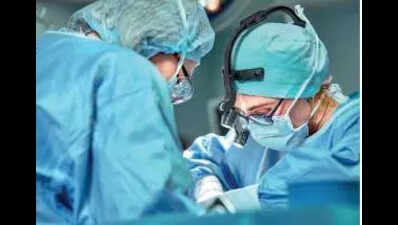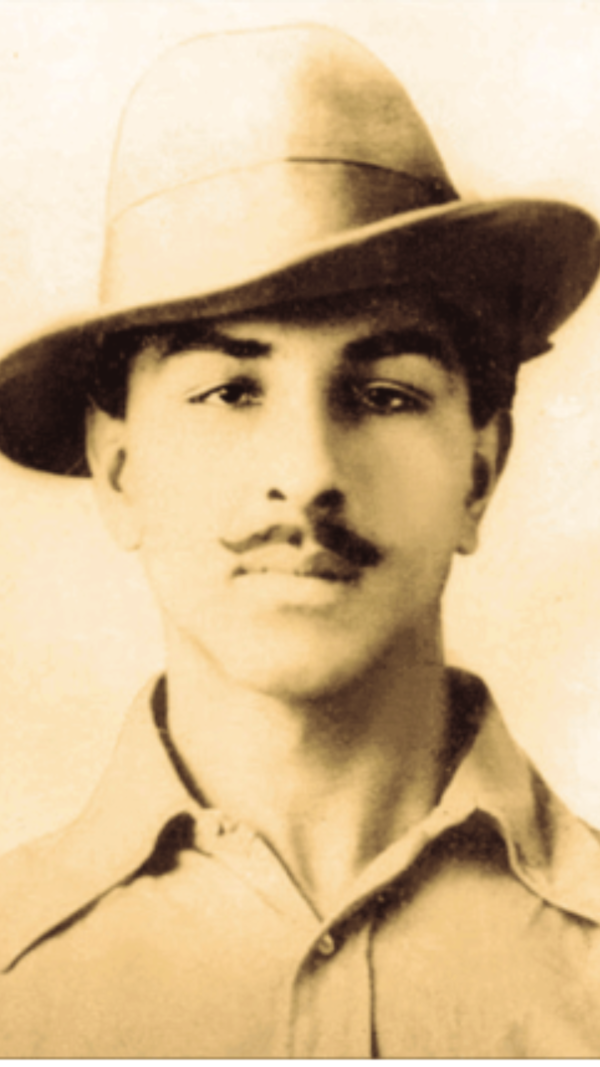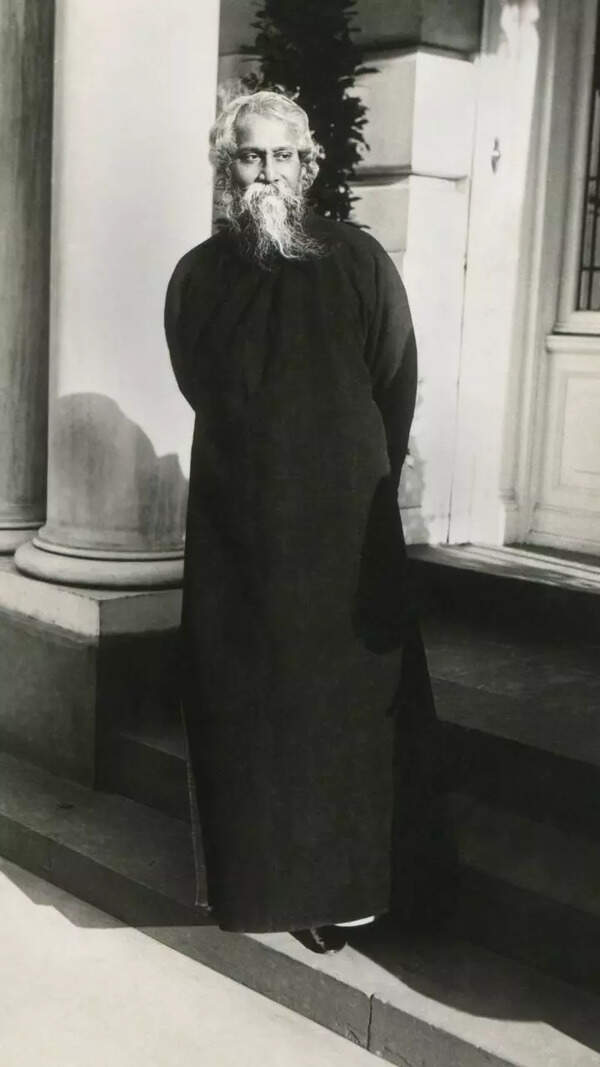Hyderabad: In a rare medical feat, doctors at Osmania General Hospital (OGH) have claimed to have successfully performed a complex liver transplant on a 14-year-old boy suffering from a dangerous combination of Marfan Syndrome and severe Hepatopulmonary Syndrome (HPS).
The high-risk surgery, carried out by a team of 30 doctors over a gruelling 20-hour operation, was completed a month ago, which doctors claimed was a first-of-its-kind achievement globally.
The boy was kept under close post-operative monitoring in critical care and was discharged on Thursday after making a significant recovery. The decision to proceed with the transplant, despite the immense risk posed by the dual diagnoses, followed extensive deliberation and review of international medical literature.
Complex diagnosis
Dr Ch Madhusudan, head of the gastroenterology department at OGH, explained that the young patient, hailing from Andhra Pradesh, had been diagnosed with Marfan Syndrome in his early teens. As the condition progressed, he developed HPS, a life-threatening disorder where severe liver disease impairs respiratory function, leading to critically low blood oxygen levels.
"In typical liver transplant cases, recovery is often quicker," Dr Madhusudan said. "But with this rare combination of conditions, the patient required continuous, intensive care and monitoring. Thanks to the efforts of a multidisciplinary team, the patient recovered within a month," he said.
The liver was donated by the boy's 34-year-old mother, whose selfless act gave her son a second chance at life.
Understanding the risks
Hepatopulmonary Syndrome is a rare and dangerous condition marked by the interplay of liver failure and respiratory distress. It causes abnormal dilation of blood vessels in the lungs, reducing oxygen absorption and severely impairing breathing.
To make matters worse, the boy also had Marfan Syndrome, a genetic disorder that weakens connective tissues and increases the risk of heart and vascular complications—factors that significantly raised the stakes of the surgery.
Before proceeding with the transplant, a coordinated team of hepatologists, pulmonologists, cardiologists, and transplant surgeons meticulously evaluated the boy's medical condition for several months. The collaborative approach was critical, given the unpredictability of his condition.
Remarkably, just days after the surgery, doctors observed that the boy's oxygen saturation began improving, along with enhanced lung function—a clear sign that the procedure had not only saved his liver but had begun to reverse the respiratory impact of HPS as well.
‘A global milestone'
"This operation is not just a major milestone for OGH, but for the entire global medical community," Dr Madhusudan said. "Successfully managing such a rare and high-risk case highlights what's possible when medical science, teamwork, and innovation come together," he added.









